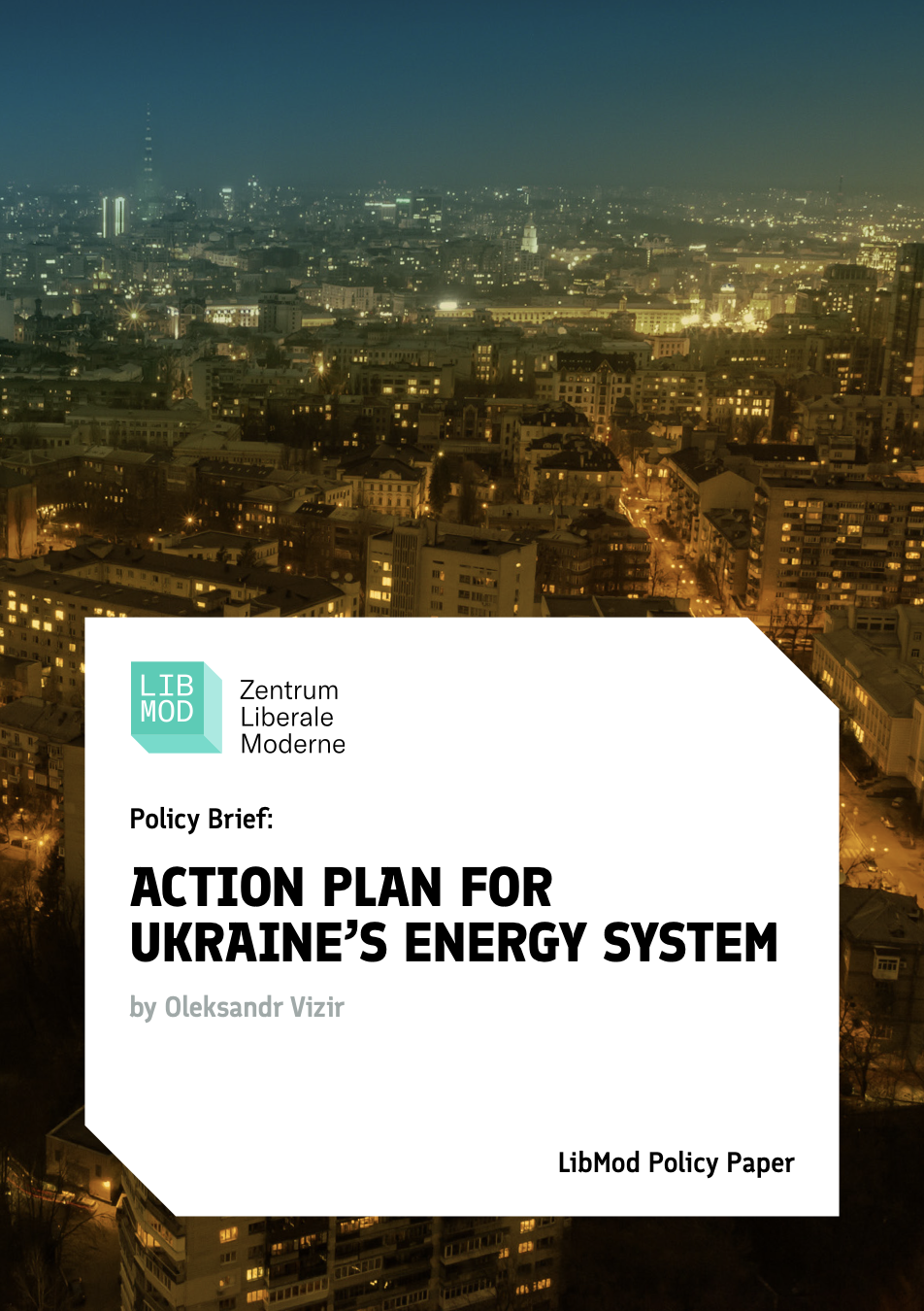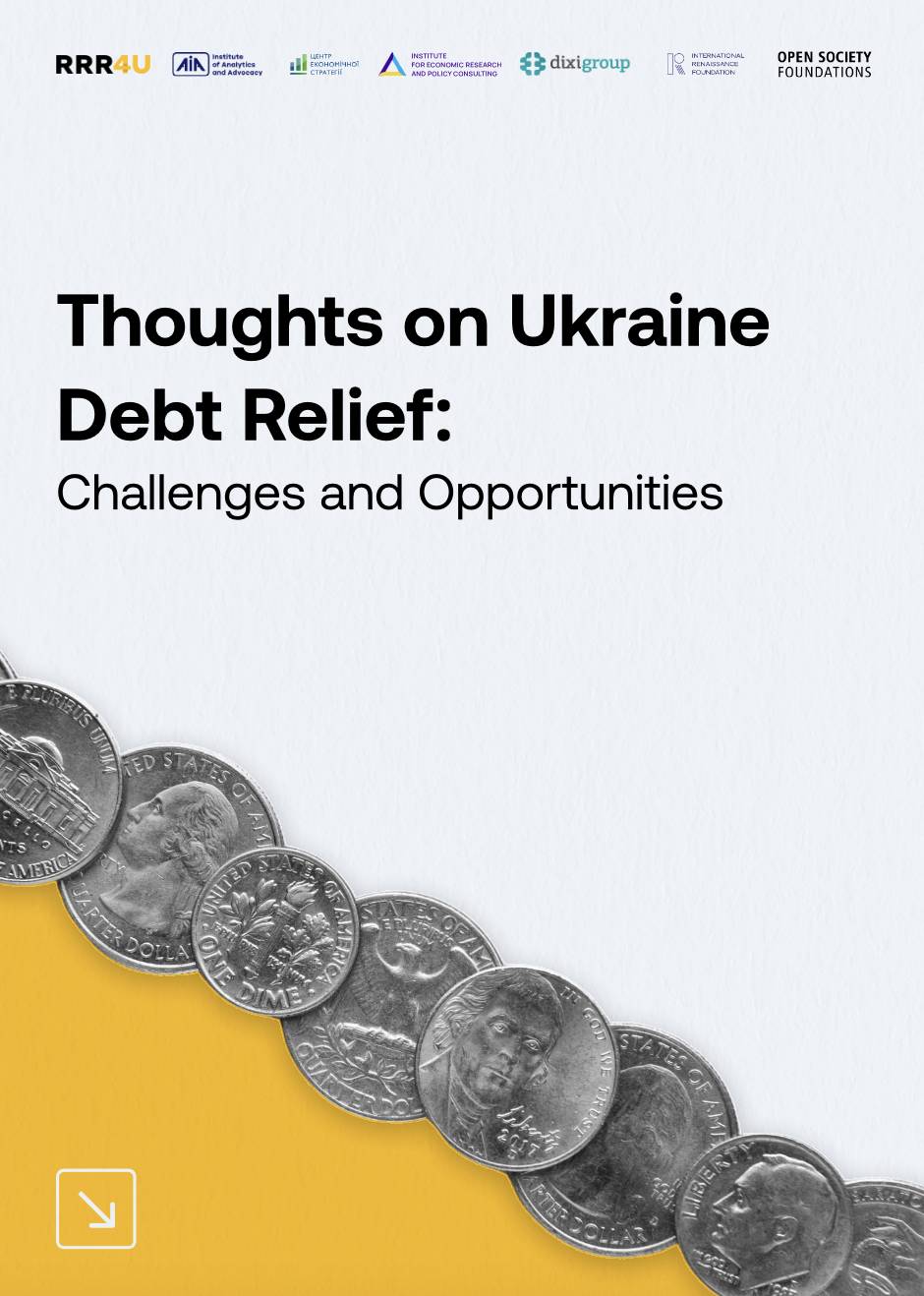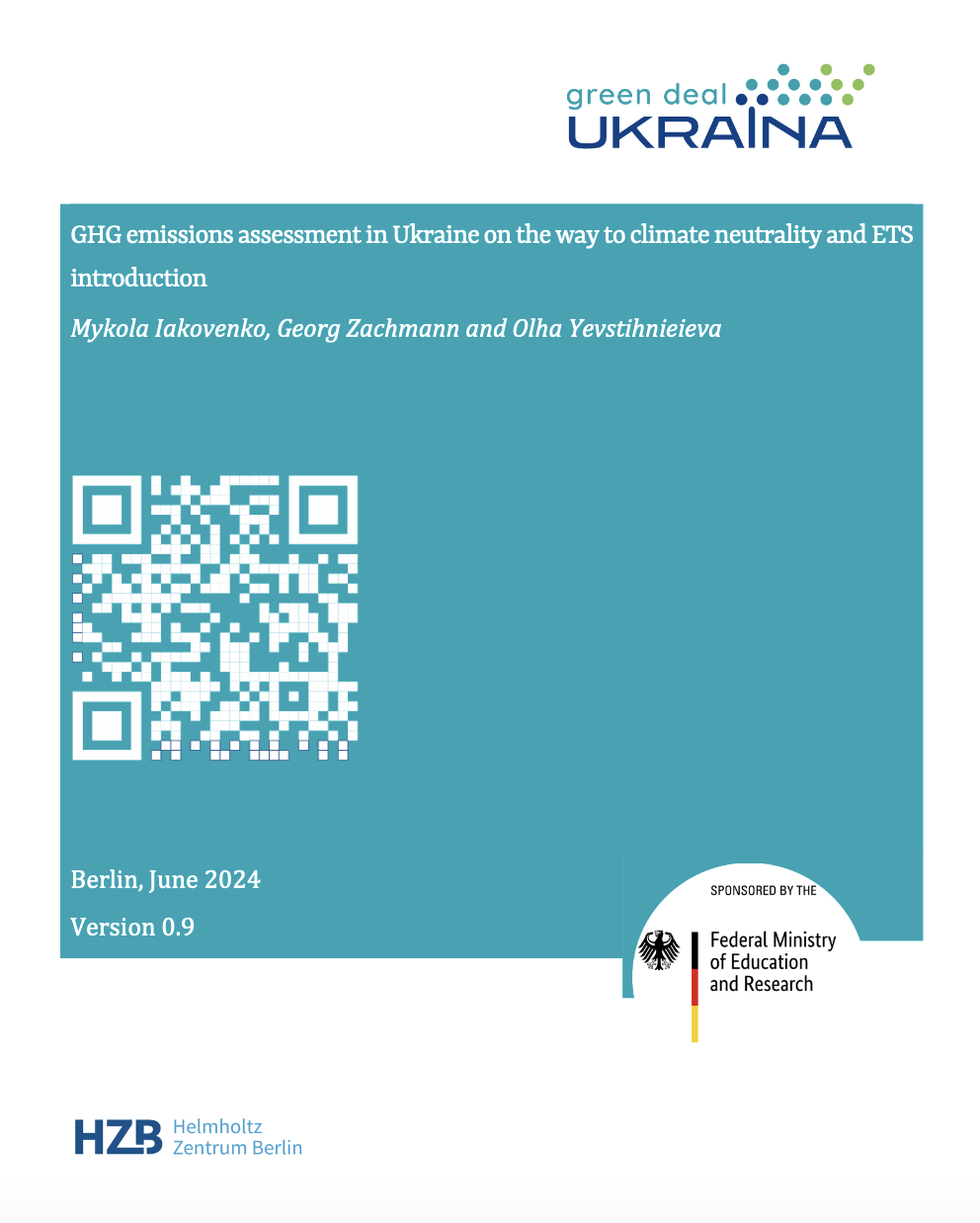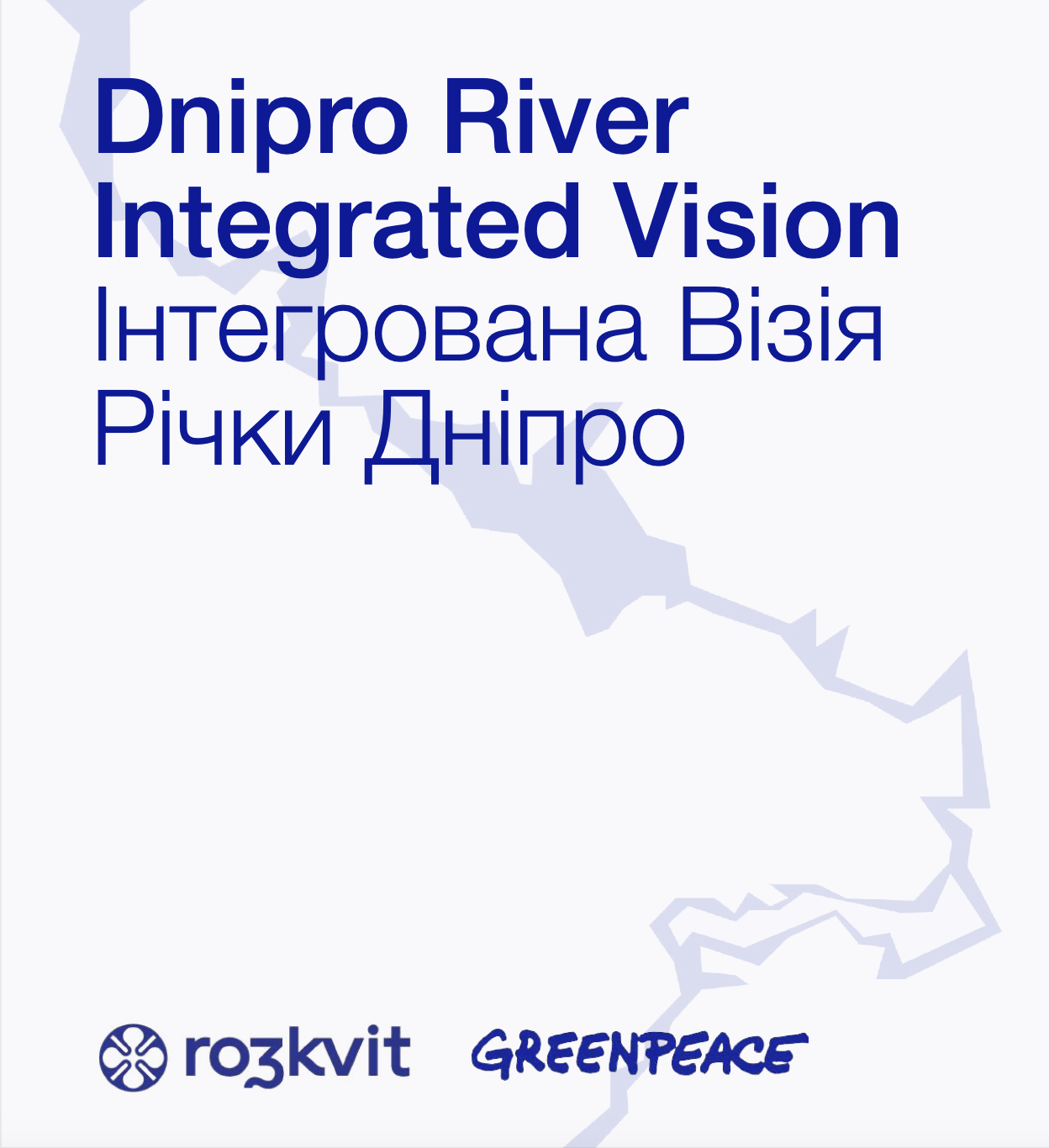Search by key words or by sector (energy, climate, buildings, agriculture, industry, environment, finance, EU accession etc)

Action Plan for Ukraine’s Energy System
This policy paper by the Center for Liberal Modernity (LibMod) outlines concrete proposals on how the current critical situation in Ukraine’s energy sector can be improved for the winter of 2024/25 and the coming years. These include an increase in electricity import capacities, a rapid expansion of decentralized energy generation, a reform of energy subsidies, measures for the rapid development of new electricity and heating capacities, but also a reform of the governance and controlling of state energy companies.

Thoughts on Ukraine Debt Relief: Challenges and Opportunities
The full-scale war of russia against Ukraine resulted in large financial needs. The debt is estimated to exceed 100% of GDP already in 2025. High debt burden creates debt sustainability risks and requires discussion of debt treatment. In their new paper, non-governmental organisations of the RRR4U consortium examine a broader context of Ukrainian debt and explore potential future policies that could benefit Ukraine, focusing on possible debt relief mechanisms in relation to domestic and external debt.

Green jobs potential in Lviv and Volyn regions
This research paper by Resource & Analysis Center “Society and Environment” and Razom We Stand includes an assessment of the current number of green jobs in the Lviv and Volyn regions, an analysis of the potential of the regions to create green jobs and prospects for post-war reconstruction, and an analysis of potential providers of educational services in the formation of personnel.

GHG emissions assessment in Ukraine on the way to climate neutrality and ETS introduction
New analysis by Green Deal Ukraina of the current GHG emissions assessment in Ukraine and opportunities for improving the process with the view of future introduction of the ETS mechanisms and ensuring the preconditions for the successful decarbonization reforms in Ukraine.

Dnipro River Integrated Vision
In the summer of 2023, Greenpeace and Ro3kvit teamed up to unite experience and expertise to develop strategies and visions that would help address the existing challenges and reveal the unused potential of the Dnipro River. What can be better than the country’s largest river in demonstrating how a green, climate-friendly future for Ukraine can be developed?

Green jobs in Vinnytsia City Territorial Community
This study by Resource & Analysis Center “Society and Environment” and Razom We Stand presents the results of estimation of the current number of green jobs in the Vinnytsia city territorial community; a survey of municipal enterprises regarding the current state and prospects of their activities, as well as an assessment of the personnel and educational needs of enterprises and their prospects; analysis of education providers from the point of view of filling the demand for green professions.

Gender-sensitive recovery and development at the local level: 20 recommendations
This policy brief by Cedos gives recommendations regarding the implementation of gender equality and inclusion principles in the recovery and development processes at the local level in Ukraine. It considers both public policies and specific practical solutions in six fields: governance, budgeting, security, social protection, mobility, and leisure.

Climate damage caused by Russia’s war in Ukraine in 24 months
Russia’s war in Ukraine has caused extensive damage. Less well-known are the climate costs of the billions of litres of fuel used by military vehicles, vast fields and forests set ablaze, hundreds of oil and gas structures blown up and mountains of steel and cement used to fortify the front lines and, increasingly, cities and energy infrastructure. According to this latest report by the Initiatives on GHG Accounting of War, the total climate damage caused by the Russian Federation in two years of full-scale invasion of Ukraine amounts to $32 billion.

A Solar Marshall Plan for Ukraine
Read the policy paper by Greenpeace and Berlin Economics assessing the potential integration of larger amounts of solar PV into Ukraine’s electricity system by 2027 and 2030, using a techno-economic modelling approach to determine a cost-optimal, adequate energy system.